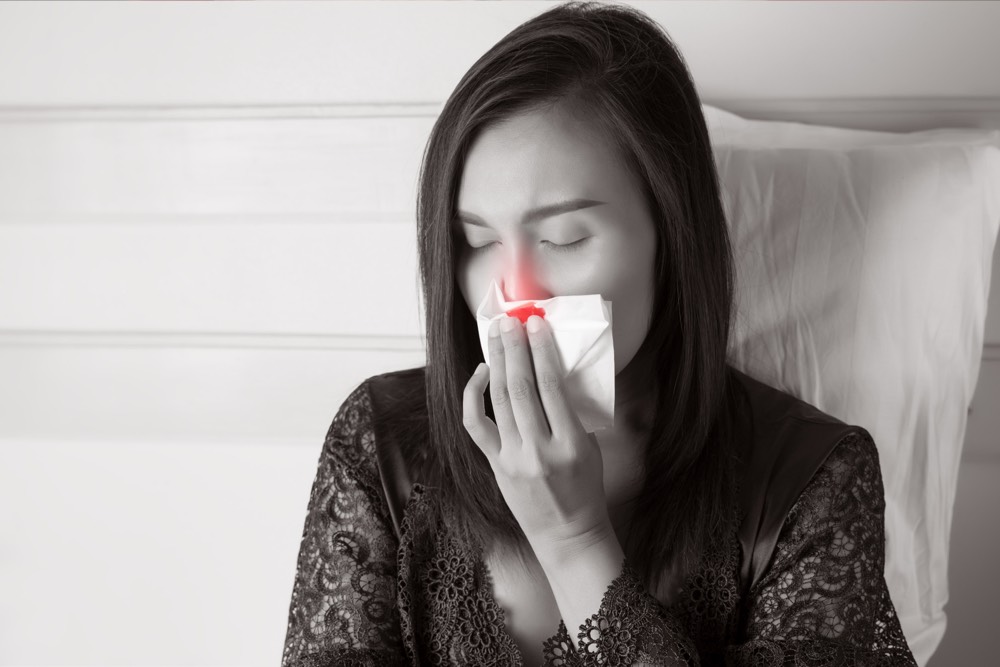Understanding the link between nasal polyps and allergies

Nasal polyps are noncancerous growths that occur in the nose or sinuses. These growths are shaped like tear drops, and can be found in the area where the sinuses meet the nasal cavity. Those that are small in size usually cause no trouble and need minimal treatment. Large nasal polyps can often affect breathing and block the drainage from the sinuses.
Nasal polyps occur due to long-term inflammation in the nasal cavity and sinuses. Genetic predisposition is another factor that plays a role in the development of nasal polyps.
Common symptoms of nasal polyps
Those who suffer from nasal polyps can experience a wide range of signs and symptoms. These include blocked nasal passages, sneezing, a runny nose, headaches, and losing sense of smell, among others.
Individuals may also develop sinus infections and allergies that can arise from a number of factors, such as sensitivity to dust and fumes. In certain cases, individuals with nasal polyps have also been known to develop allergies to aspirin and certain dyes. A severe case of nasal polyps can even cause long-term sinusitis and nose deformities.
How do nasal polyps affect allergies?
Nasal polyps are often linked to allergies. Studies have shown that those who have nasal polyps experience breathing troubles that are usually a result of allergies, chronic sinusitis, and even asthma.
There has been some speculation about the connection between allergies and nasal polyps. In fact, some experts think that the symptoms and signs of allergies can lead to the development of nasal polyps. Two of its key symptoms include sneezing and an itchy, runny nose.
Treating nasal polyps
There is no fixed cure for nasal polyps, but there are certain modes of treatment that help keep the signs and symptoms at bay. Doctors usually prescribe nasal corticosteroid sprays that help shrink the size of the polyp in the nose. One may also need to take corticosteroids orally or via a shot. These corticosteroids are a long-term treatment option, and need to be taken every time one experiences inflammation or irritation due to the polyp. Other general medications include antihistamines and decongestants that help manage the symptoms of nasal polyps. If the condition persists even after trying these treatment options, then a surgery might be performed to remove the growth(s).


